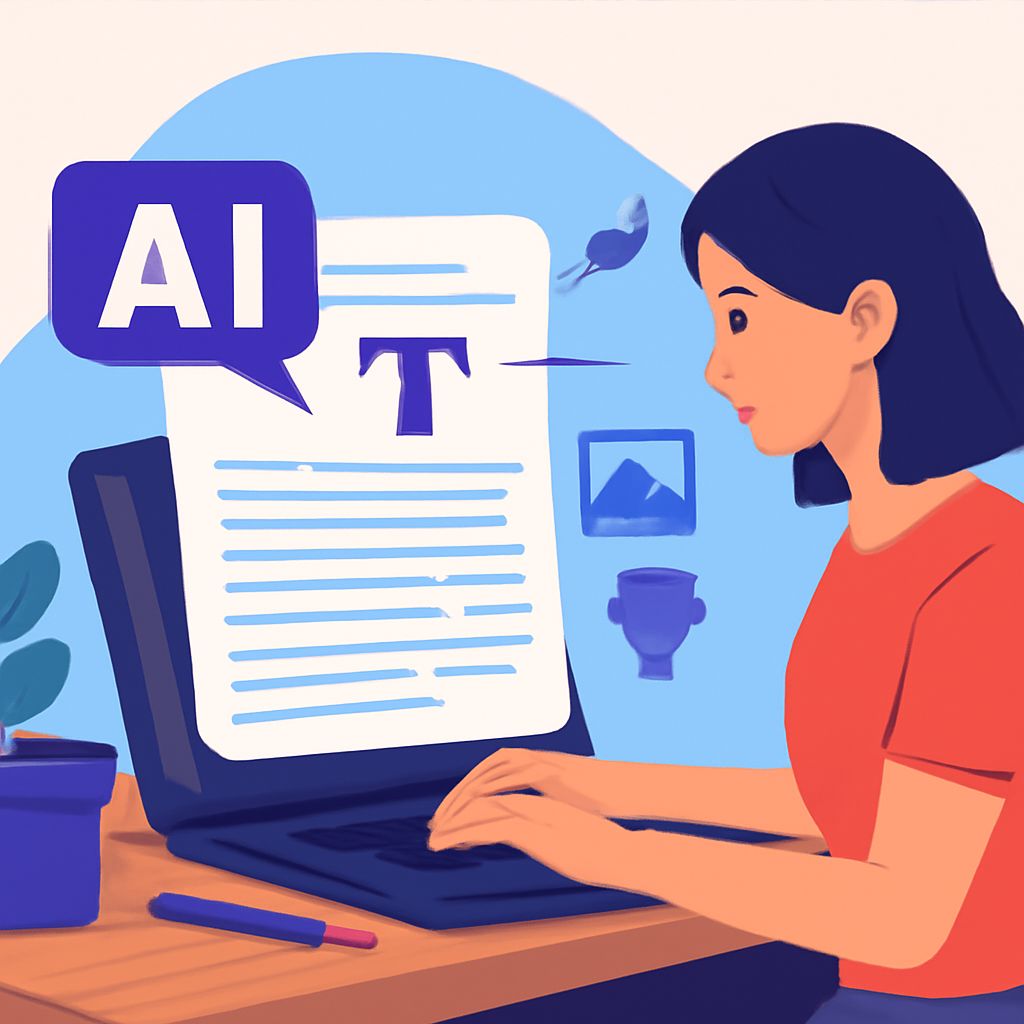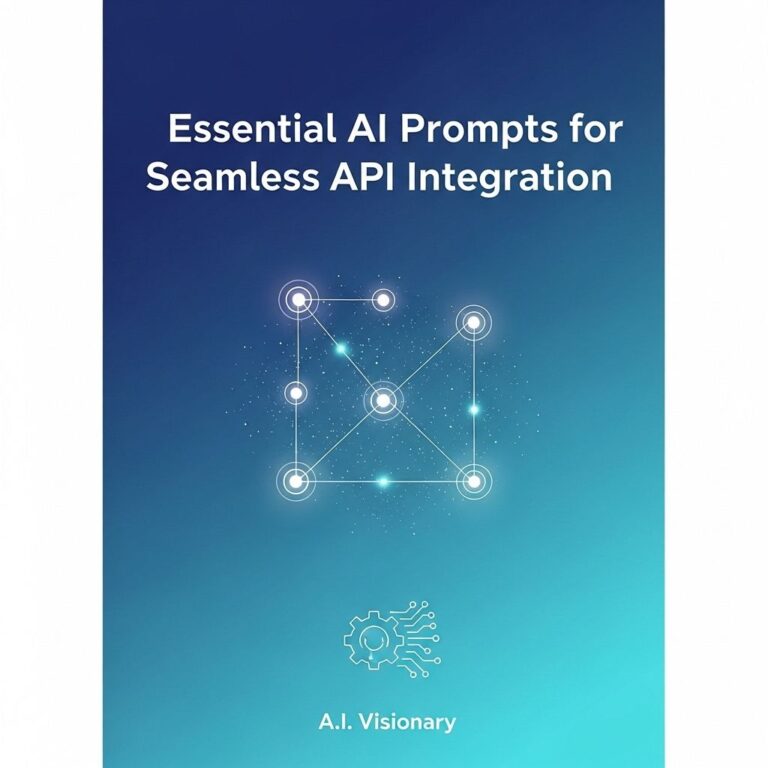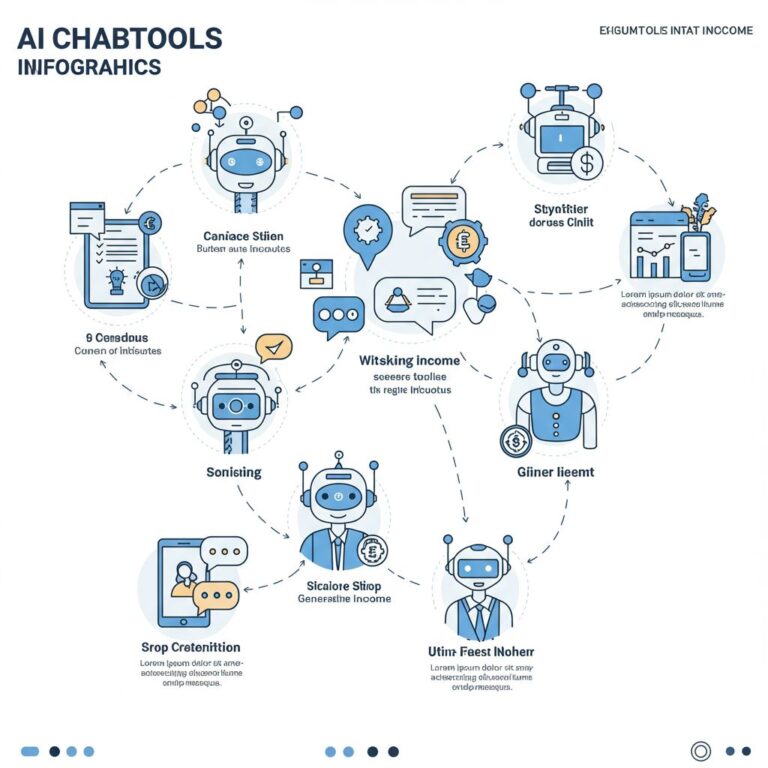Table of Contents
Introduction
In recent years, the realm of content creation has witnessed a paradigm shift with the advent of Artificial Intelligence (AI) writing assistants. These sophisticated tools are rapidly transforming the landscape of writing across various industries, offering unprecedented opportunities for efficiency, creativity, and productivity. As businesses and individual writers continue to explore the potential of AI writing assistants, it’s crucial to understand how they are revolutionizing content creation.
Understanding AI Writing Assistants
AI writing assistants are applications that leverage advanced algorithms and machine learning techniques to assist in the writing process. These tools can generate text, provide suggestions, correct grammar, and even mimic stylistic nuances. They are designed to work alongside human writers, enhancing their capabilities rather than replacing them.
There are several notable AI writing assistants on the market today, including OpenAI’s GPT-3, Jasper (formerly known as Jarvis), and Grammarly. Each of these tools offers unique features tailored to different writing needs, from generating long-form content to ensuring grammatical accuracy.
Key Features of AI Writing Assistants
- Content Generation: AI writing assistants can produce large volumes of content quickly. This feature is particularly useful for businesses that require consistent and high-quality output.
- Grammar and Style Correction: These tools excel at identifying and correcting grammatical errors, offering style suggestions to improve readability and coherence.
- Research Assistance: Some AI tools can access vast databases of information, helping writers with factual accuracy and content enrichment.
- SEO Optimization: AI writing tools often include features that assist in optimizing content for search engines, ensuring higher visibility online.
The Impact on Content Creation
The integration of AI writing assistants into the writing process has led to significant changes in how content is created, edited, and published. These changes are not limited to a single industry but span across different fields, including marketing, journalism, academia, and more.
Efficiency and Productivity
One of the most significant impacts of AI writing assistants is the increase in efficiency and productivity. Writers can now produce content faster without compromising on quality. The automation of mundane and repetitive tasks, such as editing and proofreading, allows writers to focus on creativity and strategy.
Moreover, AI’s ability to generate content ideas based on current trends or specific keywords reduces the time spent on brainstorming sessions. This capability accelerates the entire writing process, enabling businesses to meet tight deadlines and maintain a steady flow of content.
Quality and Consistency
Quality and consistency are critical in content creation. AI writing assistants ensure that content adheres to grammatical standards and maintains a consistent tone and style throughout. This is particularly beneficial for brands that need to establish a strong and recognizable voice.
Additionally, AI tools can adapt to specific guidelines, ensuring that every piece of content aligns with a brand’s unique requirements. This adaptability not only enhances the quality of the content but also reinforces brand identity.
Creativity and Personalization
While some may argue that AI writing tools could stifle creativity, they actually provide new avenues for creative expression. By handling the technical aspects of writing, AI assistants free up writers to focus on creative thinking and storytelling. These tools can also offer creative suggestions, fueling inspiration and innovation.
Personalization is another area where AI writing assistants excel. By analyzing user data, these tools can tailor content to meet the specific needs and preferences of different audiences. This level of personalization allows for more engaging and effective communication.
Challenges and Considerations
Despite their numerous advantages, AI writing assistants are not without challenges. It’s essential to consider the ethical implications, potential biases, and limitations of these technologies. Understanding these aspects is crucial for responsible and effective usage.
Ethical Concerns
The use of AI in writing raises ethical questions about authorship and originality. As AI-generated content becomes more common, distinguishing between human and machine-produced text may become challenging. It is vital to ensure transparency and acknowledge AI’s role in the writing process.
Bias and Fairness
AI systems learn from existing data, which may contain biases. These biases can inadvertently influence the content generated by AI writing assistants, potentially leading to skewed or prejudiced material. Continuous monitoring and updating of AI models are necessary to mitigate these risks.
Technical Limitations
While AI writing assistants are powerful, they are not infallible. They may struggle with context, cultural nuances, or complex topics that require human intuition and empathy. Collaboration between human writers and AI is essential to overcome these limitations and produce well-rounded content.
The Future of AI Writing Assistants
As AI technology continues to evolve, we can expect further advancements in writing assistants. Enhanced language models, better contextual understanding, and improved personalization features are on the horizon. These developments promise to make AI writing tools even more integral to the content creation process.
| Current Capabilities | Future Prospects |
|---|---|
| Text Generation | Contextual Understanding |
| Grammar Correction | Emotion Detection |
| Content Suggestions | Enhanced Personalization |
In conclusion, AI writing assistants represent a significant technological leap forward, offering numerous benefits to writers and businesses alike. By embracing these tools and addressing their challenges, we can harness the full potential of AI in revolutionizing content creation, paving the way for a future where humans and machines collaborate in harmony.
FAQ
What are AI writing assistants?
AI writing assistants are software tools powered by artificial intelligence designed to help users create content more efficiently. They can generate text, suggest improvements, and assist with grammar, style, and tone.
How do AI writing assistants benefit content creators?
AI writing assistants help content creators by saving time, improving writing quality, and providing inspiration. They can automate repetitive tasks and help with brainstorming, allowing creators to focus on more strategic aspects of content creation.
Can AI writing assistants replace human writers?
AI writing assistants are not designed to replace human writers but to augment their abilities. They handle repetitive tasks and enhance productivity, but human creativity, judgment, and emotional intelligence remain essential in content creation.
What types of content can AI writing assistants generate?
AI writing assistants can generate various types of content, including blog posts, social media updates, emails, product descriptions, and even complex reports. They are versatile and can adapt to different content needs and industries.
Are AI writing assistants easy to use?
Yes, AI writing assistants are designed to be user-friendly, with intuitive interfaces that make them accessible even to those with limited technical expertise. Most platforms offer tutorials and support to help new users get started.
What are the limitations of AI writing assistants?
AI writing assistants may struggle with understanding context, nuanced language, and cultural references. They rely on data and algorithms, which can sometimes lead to generic output. Human oversight is necessary to ensure content accuracy and relevance.









